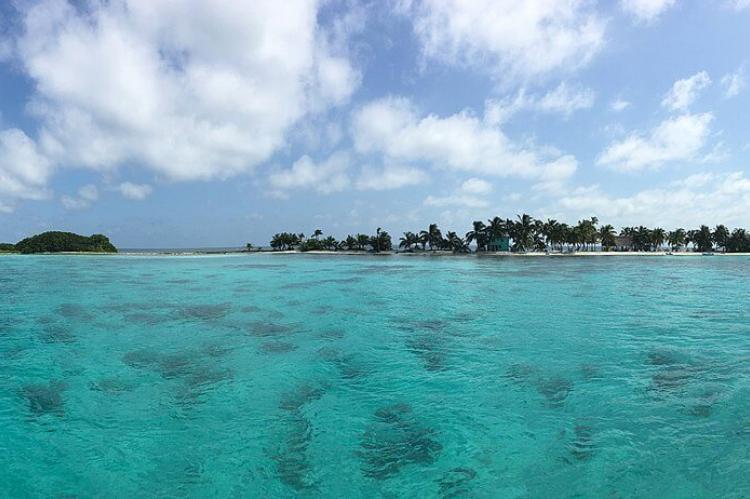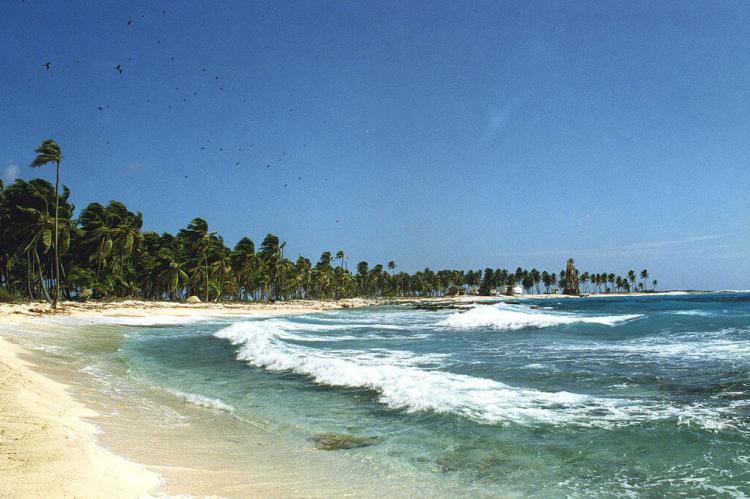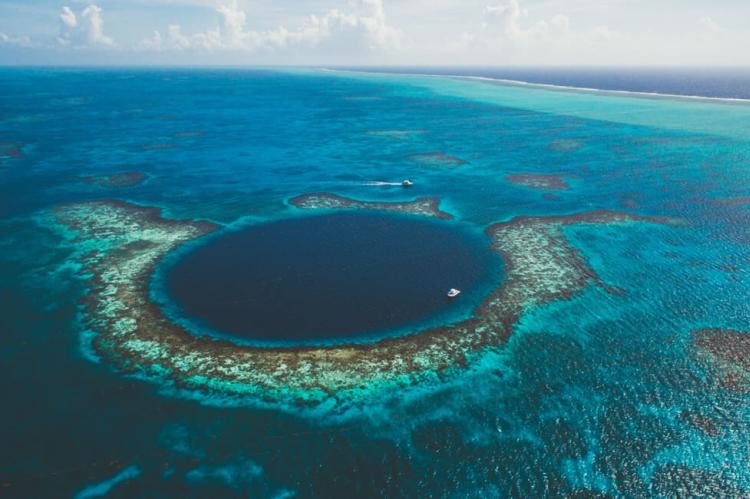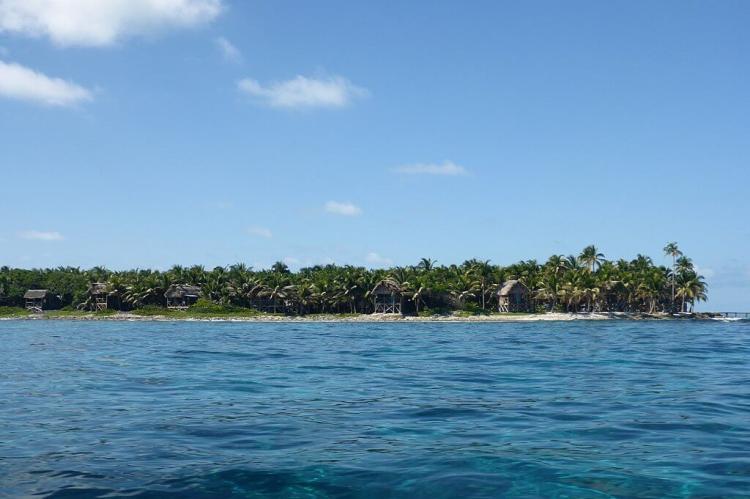Belize Barrier Reef Reserve System: A Symphony of Biodiversity and Conservation
The Belize Barrier Reef Reserve System is a concrete manifestation of Belize's unwavering dedication to conserving its marine wonders. This intricate network encompasses seven protected areas, enhancing the extraordinary diversity of reef types and ecosystems within the barrier reef.
Belize Barrier Reef Reserve System
A Symphony of Biodiversity and Conservation
The Belize Barrier Reef Reserve System (BBRRS), a UNESCO World Heritage Site since 1996, is a testament to Belize's commitment to preserving its marine treasures within the Caribbean Sea. This comprehensive network comprises seven protected areas, each contributing to the remarkable diversity of reef types and ecosystems within the Belize Barrier Reef.
Bacalar Chico National Park and Marine Reserve
Located in the northern part of Ambergris Caye, Bacalar Chico National Park and Marine Reserve present a rich mosaic of habitats, from swamps and grasslands to tropical forest formations. This reserve showcases the largest lagoon on Ambergris Caye, known as Laguna de Cantina. Bacalar Chico is home to all six native cat species in Belize, including the elusive jaguar and puma. The mangroves and seagrass beds provide vital habitats for manatees and crocodiles, while Rocky Point is a crucial nesting beach for loggerheads and green sea turtles. With its extraordinary biodiversity, this area underscores the significance of Bacalar Chico in Belize's conservation efforts.
Blue Hole Natural Monument
The Great Blue Hole, a colossal submarine sinkhole off the coast of Belize, takes center stage in the Lighthouse Reef as part of the Blue Hole Natural Monument. Plunging to a depth of 108 meters (354 feet), this circular marvel offers a glimpse into the region's geological history, with stalactites indicating its formation during quaternary glaciation. A sought-after destination for scuba divers, the Great Blue Hole provides an unparalleled underwater experience, adding to the significance of the Blue Hole Natural Monument within the Belize Barrier Reef Reserve System.
Half Moon Caye Natural Monument
As the inaugural nature reserve in Belize, established in 1981, Half Moon Caye Natural Monument holds a unique position at the southeastern extremity of the Lighthouse Reef Atoll. The Half Moon Caye Wall, often called the "6,000 feet of vertical abyss," attracts diving enthusiasts with its diverse marine life, including corals, garden eels, eagle rays, sea turtles, and groupers. The coastal forest on the caye is vital, housing the red-footed booby colony, which contributes to the forest's stability through guano fertilizer. Half Moon Caye is also a critical sea turtle nesting ground, highlighting its ecological significance.
South Water Caye Marine Reserve
Positioned southeast of Dangriga town, the South Water Caye Marine Reserve is the largest marine reserve in the Stann Creek district. Covering a vast 47,702 hectares (117,874 acres), it includes the crown reserve of Man of War Caye, a significant nesting site for the brown booby and magnificent frigatebird. The reserve's diverse habitats, including rare coastal forests, mangroves, seagrass beds, and various coral reef types, contribute to its ecological vibrancy. South Water Caye Marine Reserve exemplifies Belize's commitment to preserving marine biodiversity.
Glover's Reef Marine Reserve
Glover's Reef, a partially submerged atoll off the southern coast of Belize, boasts an oval shape with an intricate interior lagoon. It hosts approximately 850 reef patches and pinnacles and is a remarkable gem within the Belize Barrier Reef's outermost boundary. The northeastern end serves as a crucial spawning site for the endangered Nassau grouper, leading to its designation as a special marine reserve in 2002. Glover's Reef Marine Reserve reflects Belize's dedication to sustainable conservation practices and the protection of marine biodiversity.
Laughing Bird Caye National Park
Situated off the coast of Placencia Village, Laughing Bird Caye National Park encompasses an elongated island known as Faro, featuring a unique reef ridge and central lagoon enclosed within the reef. Designated a protected area in 1981, Laughing Bird Caye National Park showcases a delicate coastal ecosystem and serves as a sea turtle nesting ground from May to November. The island's southeastern part is vital for conserving endangered loggerhead, hawksbill, and green turtles, emphasizing the ecological significance of Laughing Bird Caye.
Sapodilla Cayes Marine Reserve
Located in the Gulf of Honduras, the Sapodilla Cayes Marine Reserve spans approximately 125 square kilometers (48 square miles), comprising fourteen sand and mangrove cayes. The outer reefs of the reserve feature shallow water reefs, attracting enormous schools of jacks and spadefish. The marine sanctuary's unique topography supports a rich tapestry of diverse coral species, sponges, and algae. Sapodilla Cayes Marine Reserve is a testament to the extraordinary biodiversity and ecological significance of Belize's southernmost marine sanctuary.
Conclusion
With its seven protected areas, the Belize Barrier Reef Reserve System represents a harmonious symphony of biodiversity and conservation. Each component, from Bacalar Chico to Sapodilla Cayes, contributes to the intricate ecological web that sustains the Belize Barrier Reef. Recognized as a UNESCO World Heritage Site, the BBRRS is a beacon of hope for sustainable marine conservation, highlighting Belize's dedication to preserving these natural wonders for future generations.





